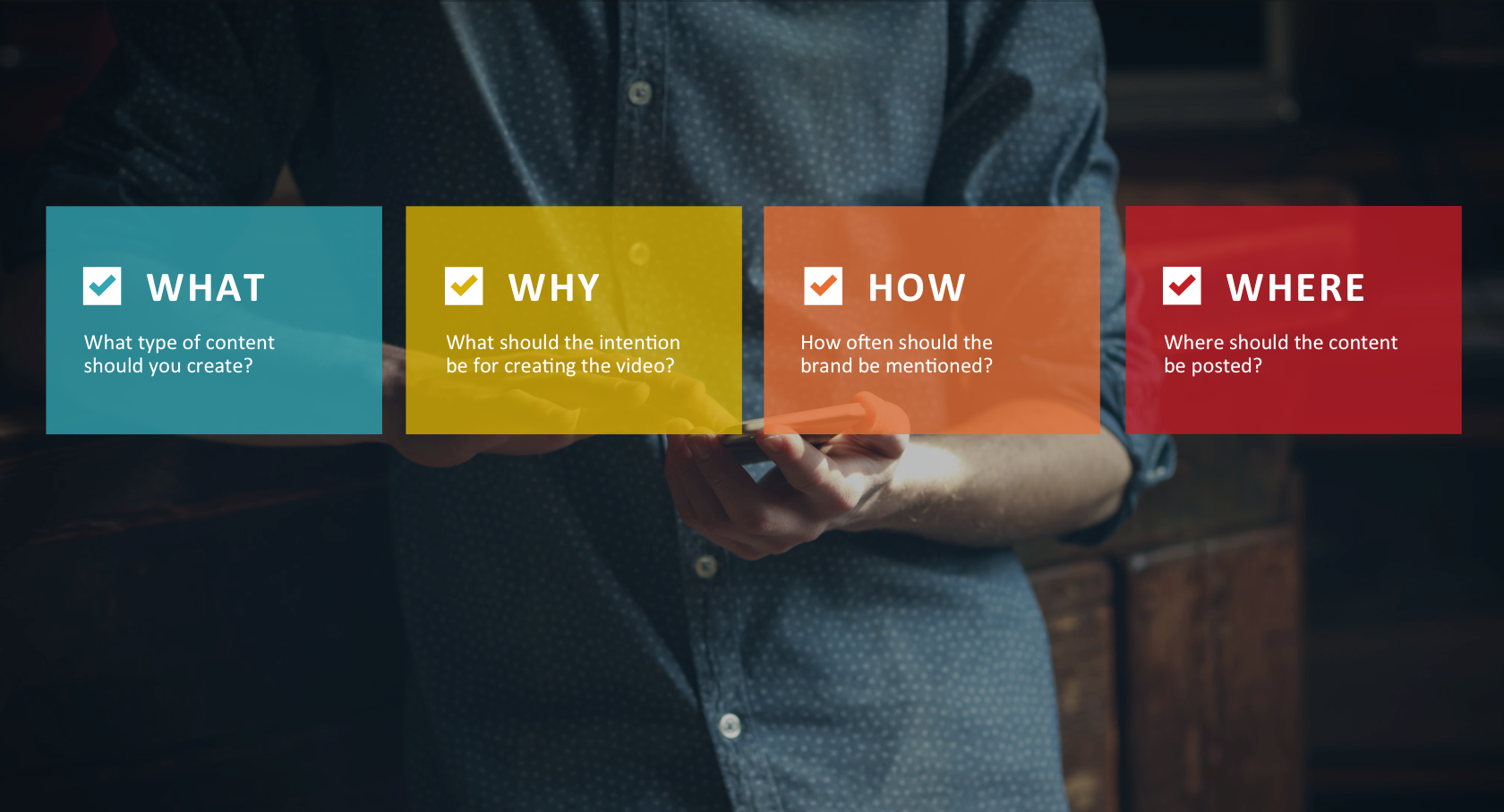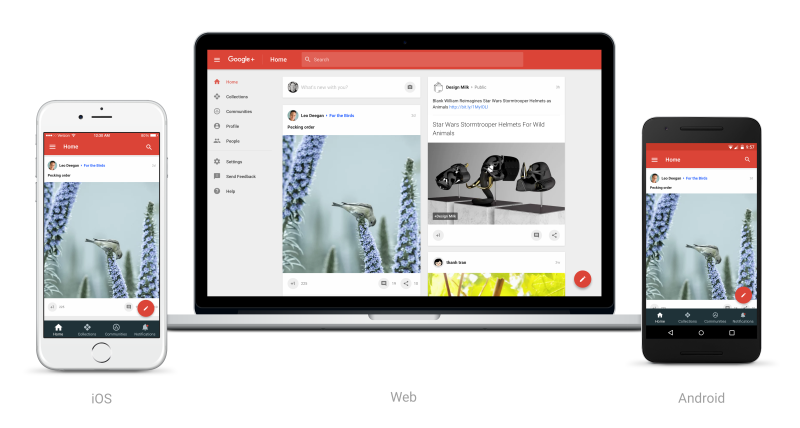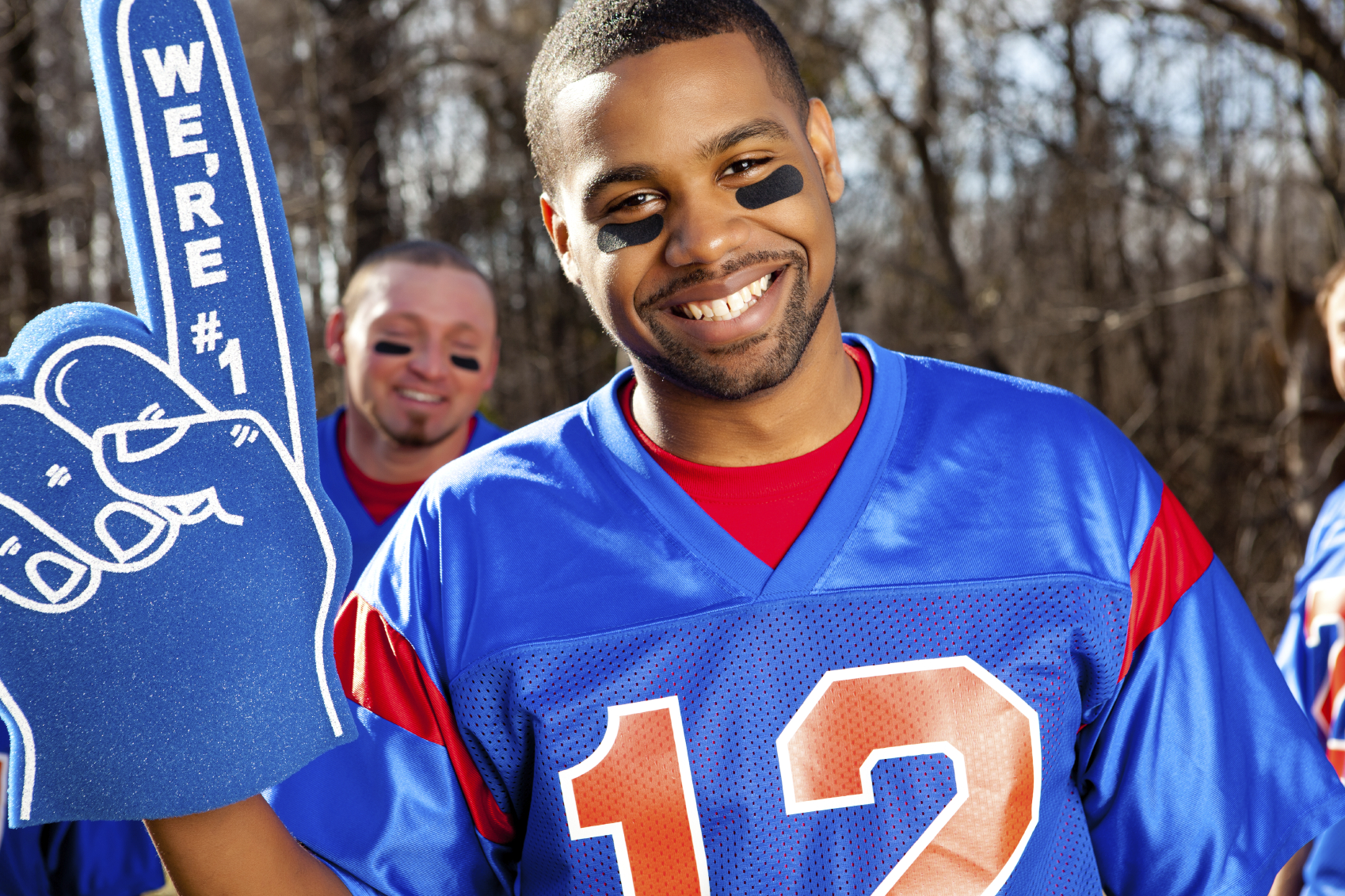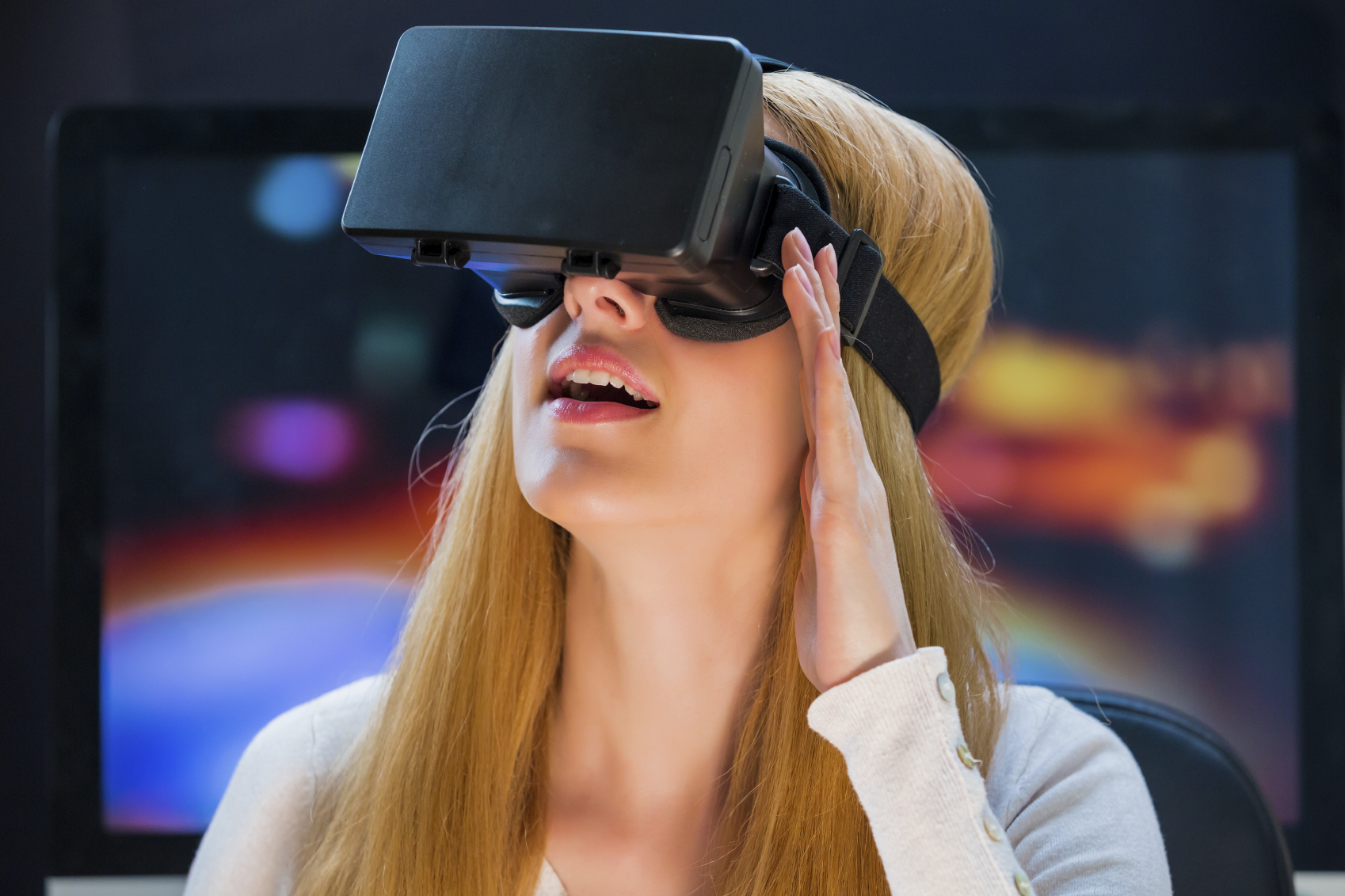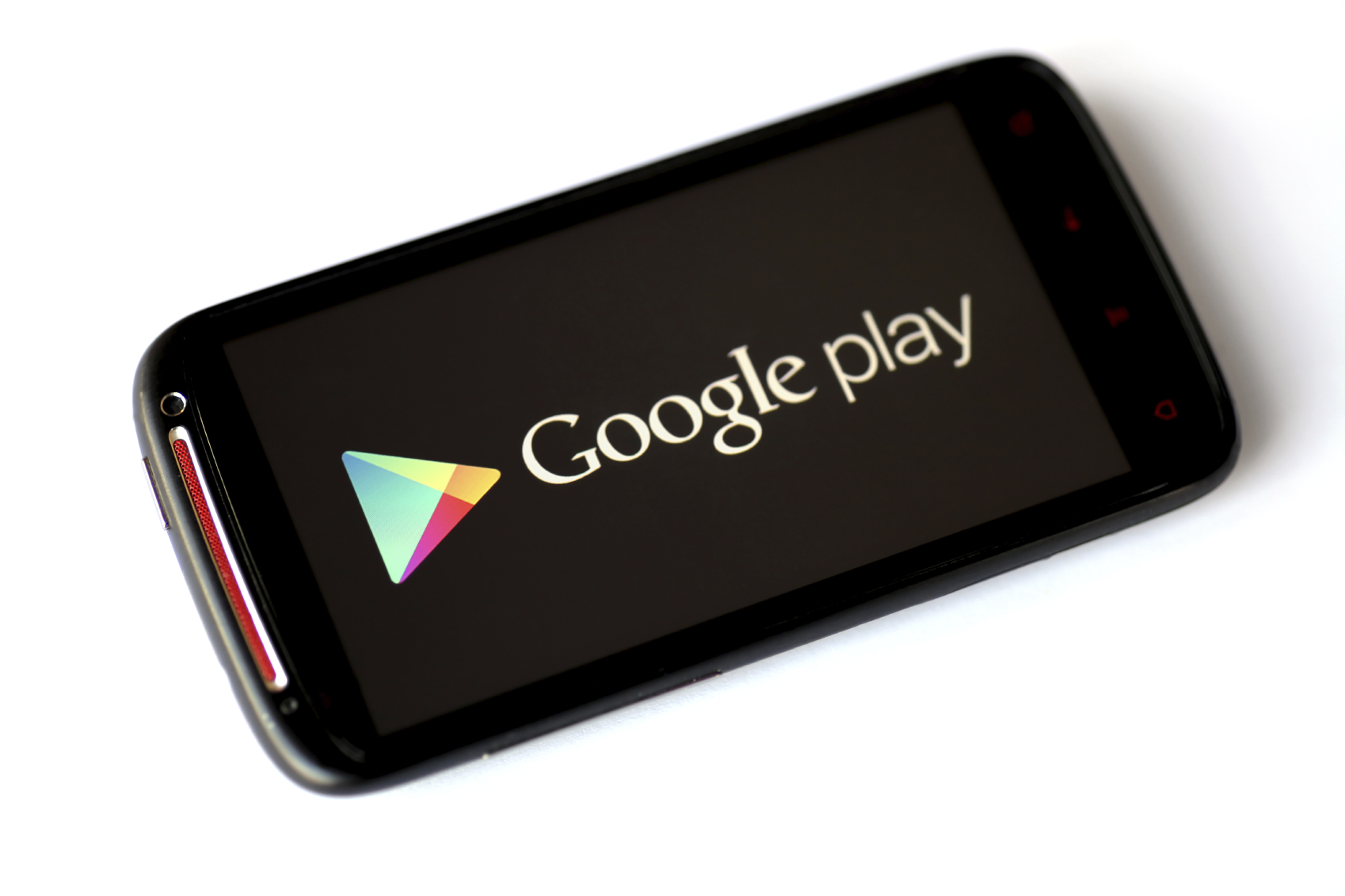What Happened
A Minneapolis-based startup The Big Know has scored 3 million in funding to help brands create sponsored online courses that consumers would willingly pay attention to. Launched late last year, the startup has worked with AARP and UnitedHealthcare to create courses on topics such as wellbeing and stress management. All existing courses are free and non-credit, running from two to four weeks, and the company claims that about 40,000 people have signed up for courses since launch.
What Brands Need To Do
As today’s consumers increasingly start to shun away from ads with the help of ad-blockers and ad-free subscription services, branded content offers real values stands out as a great tool for brands to capture consumer attention. Branded online courses can be a very effective form of content marketing, due to “the high degree of user engagement and the associated glow that attaches to the sponsoring brand,” as The Big Know’s CEO puts it. But with the rising concerns surrounding the deceptive practices in native advertising, brands will need to proceed with caution and care if they wish to reach consumers with branded online courses.
Source: Marketing Land
Header image courtesy of The Big Know’s website



